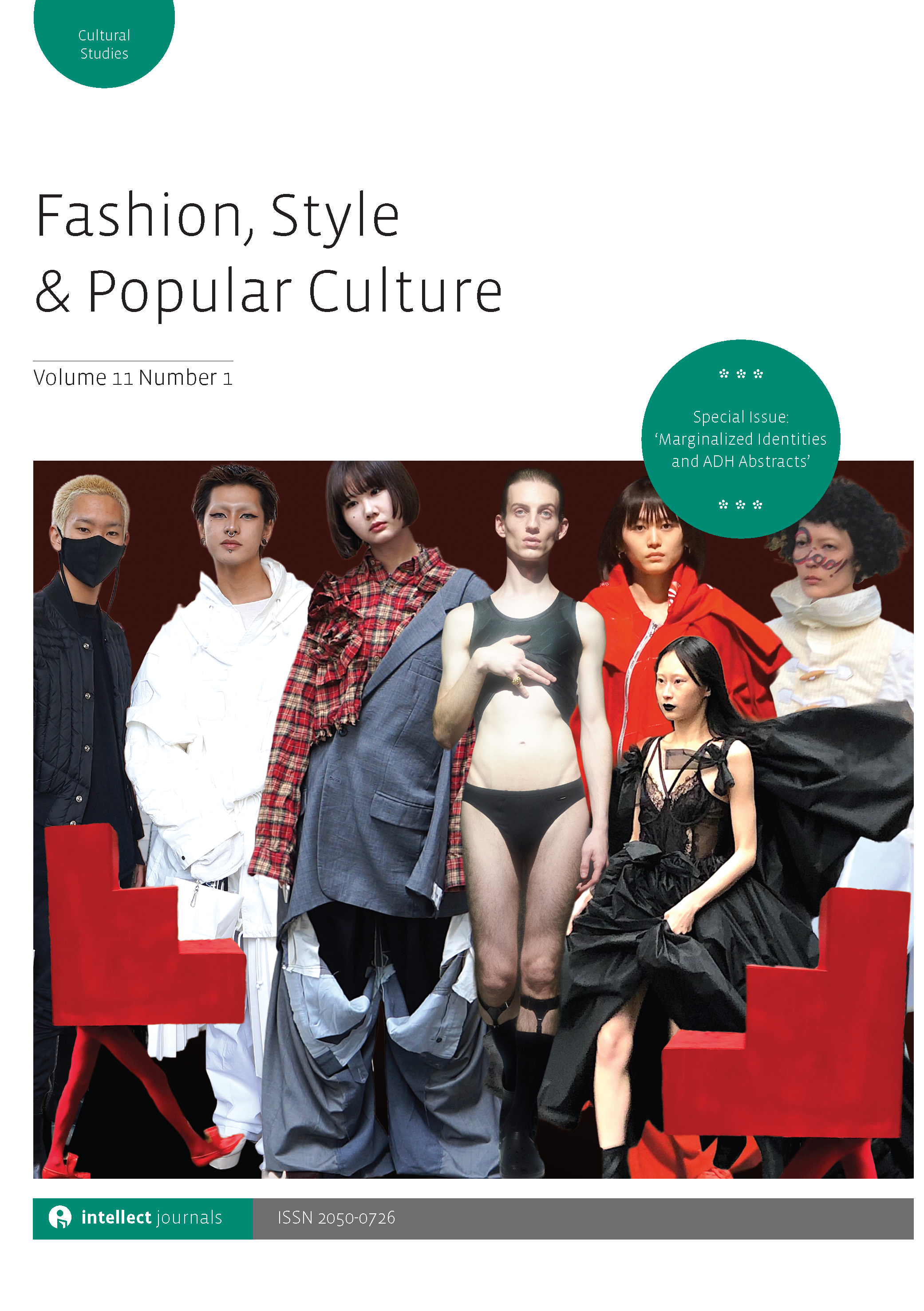
Full text loading...
 , Lynn Mally2
, Lynn Mally2
Mass manufactured garments for women have been around since the beginning of the twentieth century. With mass production, a ‘standardization’ of sizing was needed. Standardization of clothing was difficult as bodies were (and still today) not statistically proportionate and clothing was not one size fits all. To tackle the ‘difficult’ to fit – fat women, known as stout – manufacturers and retailers devised myriad sized numbering systems to accommodate different shaped fat bodies. They introduced half, odd and extra sizes along with stylish, stubby and old-fashioned stouts to create perfectly proportioned and specially designed garments to fit stout women with little to no alterations. These systems were confusing for consumers, retailers and manufacturers as no sizing system corresponded with any sort of standardization among businesses. This frustration further relegated fat women to the fringes of the apparel industry as undesirable and unfashionable.

Article metrics loading...

Full text loading...
References


Data & Media loading...

Publication Date:
https://doi.org/10.1386/fspc_00164_1 Published content will be available immediately after check-out or when it is released in case of a pre-order. Please make sure to be logged in to see all available purchase options.